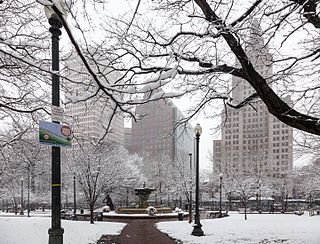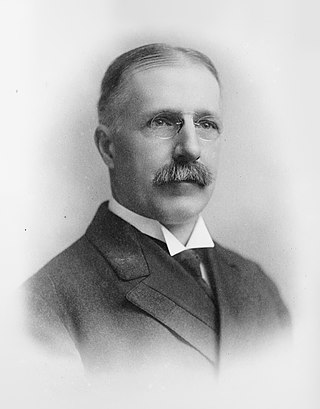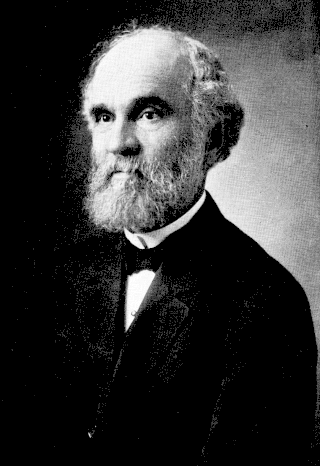Josiah Stinkney Carberry is a fictional professor, created as a joke in 1929. He is said to still teach at Brown University, and to be known for his work in "psychoceramics", the supposed study of "cracked pots".

A humorist is an intellectual who uses humor, or wit, in writing or public speaking, but is not an artist who seeks only to elicit laughter. Humorists are distinct from comedians, who are show business entertainers whose business is to make an audience laugh. It is possible to play both roles in the course of a career. A raconteur is one who tells anecdotes in a skillful and amusing way.

Sidney Joseph Perelman was an American humorist and screenwriter. He is best known for his humorous short pieces written over many years for The New Yorker. He also wrote for several other magazines, including Judge, as well as books, scripts, and screenplays. Perelman received an Academy Award for screenwriting in 1956.

The Brown Daily Herald is the student newspaper of Brown University in Providence, Rhode Island.

Classical High School, founded in 1843, is a public magnet school in the Providence School District, in Providence, Rhode Island. It was originally an all-male school but has since become co-ed. Classical's motto is Certare, Petere, Reperire, Neque Cedere, a Latin translation of the famous phrase taken from Tennyson's poem "Ulysses", "To Strive, to Seek, to Find, and Not to Yield". It has been rated "High Performing and Sustaining" by its performance in 2005 on the New Standards Reference Exam, placing third in the state. The school also made Newsweek's America's Best High Schools of 2012 with a 99% graduation rate, 95% college bound, an average SAT score of 1578, and an average AP score of 2.8. Classical High School stands roughly at the intersection of the Federal Hill, West End, and Upper South Providence neighborhoods.

Pembroke College in Brown University was the coordinate women's college for Brown University in Providence, Rhode Island. It was founded in 1891 and merged into Brown in 1971.

The College Hill Independent is a weekly college newspaper published by students of Brown University and the Rhode Island School of Design, the two colleges in the College Hill neighborhood in Providence, Rhode Island. With a circulation of about 2,000, it is the largest weekly newspaper in Southern New England.

Burnside Park is a small park situated in Downtown Providence, Rhode Island, adjacent to Kennedy Plaza. The park is named for Ambrose Burnside, a general in the American Civil War from Rhode Island. An equestrian statue of Ambrose Burnside was erected in the late 19th century and sits in the center of the park.
Encyclopedia Brunoniana is an American reference work by Martha Mitchell covering Brown University. Published in 1993 by the Brown University Library, the encyclopedia has 629 pages. A digital version can be read free of charge on the Internet. Mitchell was the university's longtime archivist and "unofficial historian" until she retired in 2003; she died in 2011.
Societas Domi Pacificae, colloquially known as The Pacifica House or SDP, is a secret society based at Brown University, in Providence, Rhode Island, and is the oldest student secret society in the United States. Organized in 1824 as The Franklin Society, it was created in a year when such a large class entered Brown University that the two existing literary debating societies, the Philermenian Society and the United Brothers Society could not accommodate the new students. Notable personages such as Thomas Jefferson, John Quincy Adams, and Henry Clay accepted honorary membership into the society during this time. The society was founded with the motto: Scientia Potentia Est, meaning “Knowledge is Power.”

William Herbert Perry Faunce was an American Baptist clergyman and educator.

The history of Brown University spans 259 years. Founded in 1764 as the College in the English Colony of Rhode Island and Providence Plantations, Brown is the seventh-oldest institution of higher education in the United States and the third-oldest institution of higher education in New England. At its foundation, the university was the first in the U.S. to accept students regardless of their religious affiliation. Brown's medical program is the third-oldest in New England while its engineering program is the oldest in the Ivy League.
Barnaby Conrad Keeney was president of Brown University from 1955 to 1966. He was known and loved by the student body for openness and his dry wit. As he once observed, "One of the joys of the life of an educator, particularly a president, is the amount of free advice he gets." Keeney then served as president of Claremont Graduate University from 1971 to 1976.

Winslow Upton was an American astronomer. He published extensively on the subject of meteorology.
The Brown Noser is an undergraduate satirical newspaper at Brown University in Providence, Rhode Island.
Israel James "IJ" Kapstein (1904–1983) was a novelist, professor, and Hebrew scholar at Brown University.
George Houston Bass was an American playwright, director and writer. He lived and worked in Providence, Rhode Island. He founded the Rites and Reason Theater at Brown University in September 1970. He was also the literary secretary to and the executor of the literary estate of poet Langston Hughes. Bass founded the Langston Hughes Society in 1981 and the society's publication, the Langston Hughes Review, in 1982.















